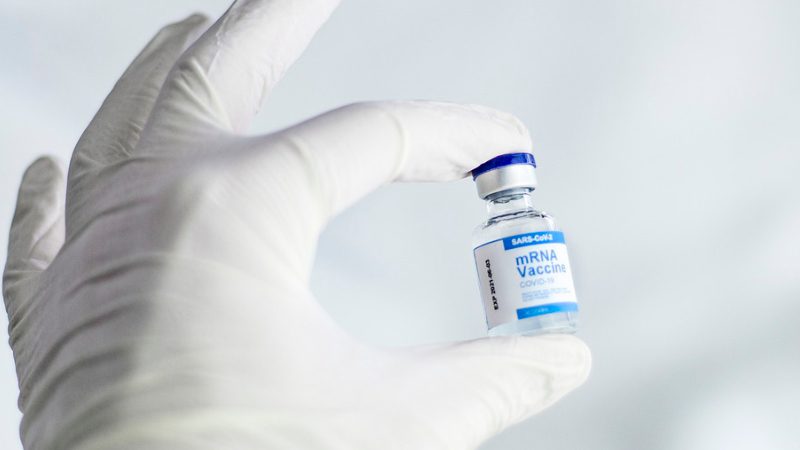Authors: Martin Trinker
In the midst of the COVID-19 pandemic, the development and deployment of mRNA vaccines have been hailed as a triumph of modern medicine. These groundbreaking vaccines offer unprecedented levels of efficacy against the virus, paving the way for a return to normalcy. However, concerns have emerged regarding the safety profile of mRNA vaccines, particularly with regards to the risk of adverse effects such as myocarditis. In this blog, we delve into an innovative approach to enhance the safety and efficacy of mRNA vaccines: the incorporation of vasoconstrictors during vaccine preparation.
Understanding mRNA Vaccines:
mRNA vaccines represent a revolutionary approach to vaccination, harnessing the body’s own cellular machinery to produce an immune response against pathogens. Unlike traditional vaccines, which contain weakened or inactivated forms of the virus, mRNA vaccines deliver a small piece of genetic material (mRNA) encoding a viral protein. Once inside the body, cells use this mRNA to produce the viral protein, triggering an immune response that protects against future infections.
Challenges with mRNA Vaccine Safety:
While mRNA vaccines have demonstrated remarkable efficacy in clinical trials, concerns have arisen regarding their safety profile. One notable concern is the risk of adverse effects, particularly myocarditis, a condition characterized by inflammation of the heart muscle. Although rare, cases of myocarditis have been reported following mRNA vaccination, prompting further investigation into potential risk factors and mitigation strategies.
The Role of Vasoconstrictors:
Enter vasoconstrictors, a class of compounds commonly used to constrict blood vessels and reduce blood flow. In the context of mRNA vaccine preparation, vasoconstrictors offer a novel approach to enhancing vaccine safety. By incorporating vasoconstrictors into the vaccine formulation, researchers aim to prevent unintended entry of the vaccine into the bloodstream, thereby reducing the risk of adverse effects such as vascular inflammation or myocarditis.
The Science Behind Vasoconstrictors:
The concept of using vasoconstrictors to enhance vaccine safety is rooted in our understanding of vaccine administration and the body’s immune response. During intramuscular injection, there is a risk of inadvertently piercing blood vessels, allowing the vaccine to enter the bloodstream directly. This can lead to systemic exposure to the vaccine, increasing the risk of adverse effects. By inducing localized vasoconstriction at the injection site, researchers aim to minimize blood flow and prevent systemic dissemination of the vaccine.
Benefits of Vasoconstrictors in mRNA Vaccine Preparation:
The incorporation of vasoconstrictors offers several potential benefits for mRNA vaccine safety and efficacy:
- Prevents unintended bloodstream entry of the vaccine, reducing the risk of adverse effects.
- Enhances the reliability and safety of mRNA vaccines, bolstering public confidence in their use.
- Utilizes a well-established technique for the application of local anesthetics, ensuring ease of implementation and acceptance.
- Provides robust intellectual property protection through approved patent claims, fostering innovation and market exclusivity.
As we continue to navigate the challenges infectious diseases, the development of safe and effective vaccines remains paramount. The incorporation of vasoconstrictors into mRNA vaccine preparation represents a promising approach to enhancing vaccine safety and efficacy, offering hope for a brighter future. Interested in exploring the potential of vasoconstrictors in mRNA vaccine development? Explore our latest project offer and/or connect with us directly to learn more about how we could further improve vaccine safety, building on the pioneering work on Dr. Stefan Grabuschnig. Through collaboration and innovation, we can shape the future of mRNA vaccines and pave the way for a healthier world.
Picture credits: Pixabay
